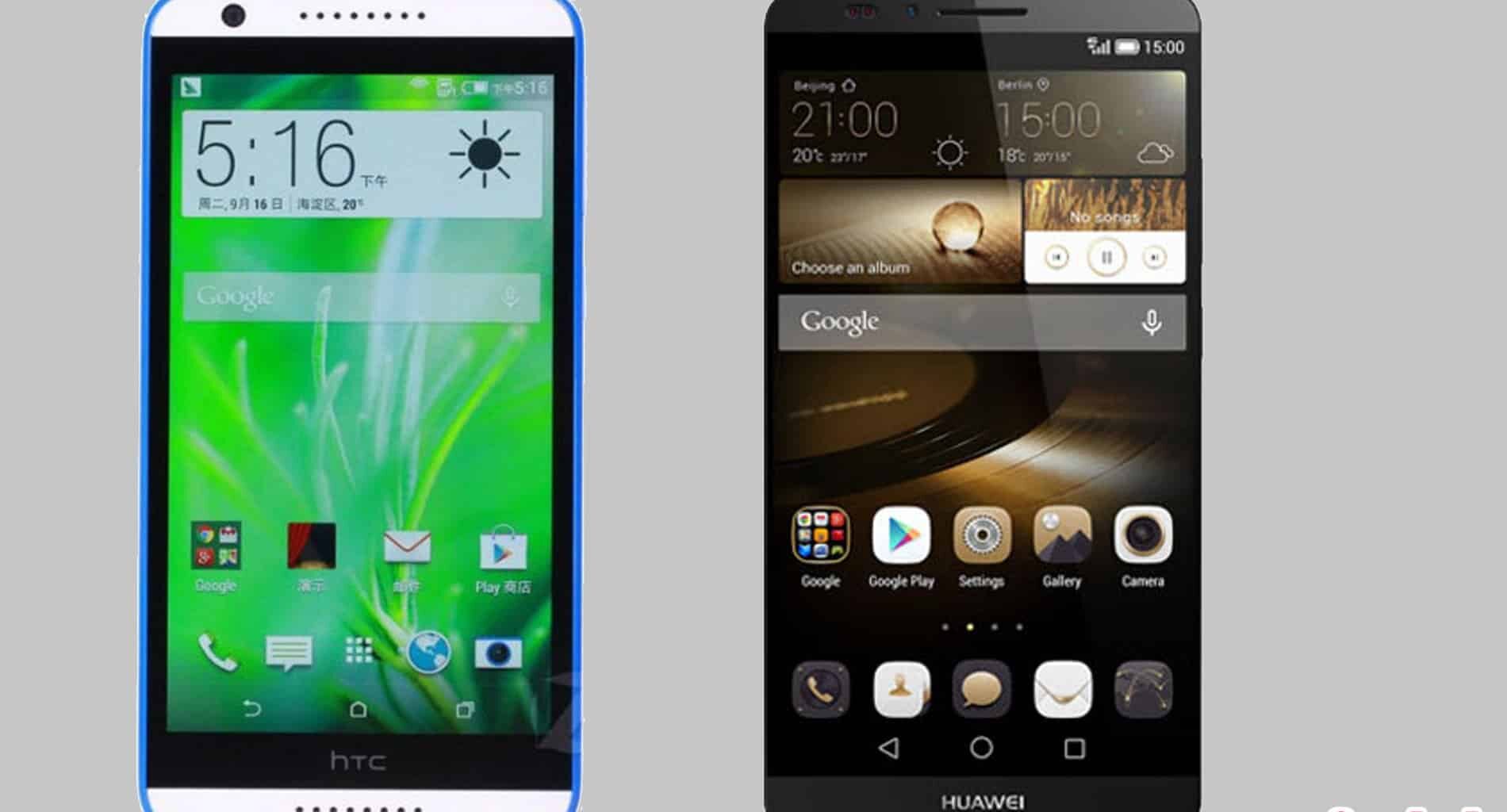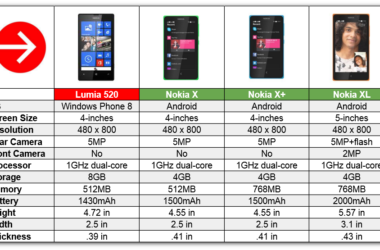It’s no secret that large screens are gaining more and more popularity. The market is constantly spitting out new standards for display size, and so the demand for “phablet” devices is also increasing. Apple recently joined the party with the iPhone 6 Plus, its first phablet device. The Galaxy Note 4 is the main contender for the Apple handset and is also a phablet device However, those are very expensive device that aren’t meant for everybody’s pocket. There are other alternatives for those who can’t afford the iPhone 6 Plus but still want a phablet device. Today, we have brought along 3 such devices for comparison, and see which comes out as the best device overall.
The HTC and Huawei devices were announced this year at the IFA 2014 event, and both come with some pretty impressive characteristics. The Desire 820 made by HTC features an octa core processor, while the Ascend Mate is reported as being a high-end device. The Asus ZenFone 6 isn’t far behind, as it bears the “flagship” status for its manufacturer.
Design
The battle in this department is between the ZenFone 6 and the Ascend Mate 7, both featuring displays protected by Corning Gorilla Glass 3. As for the size of the display, they both sport 6 inches. Further screen specs differ, however. The Huawei handset uses a 1080 x 1920 resolution and 368 ppi pixel density, whereas the Asus features a 720 x 1280 resolution and 245 ppi pixel density. The Desire 820 trails in this category with a smaller 5.5 inch display. The screen features the LCD technology and uses a 720 x 1280 resolution. The pixel density is 267 ppi.
Hardware
Although the HTC smartphone had a shy start, it comes back strong with the 64-bit architecture. The Qualcomm Snapdragon 615 is an octa core chip and it combines forces with the 2 GB of RAM to offer a smooth experience. The processor also has 4G LTE integrated connectivity. If the original 16 GB of storage available aren’t enough for you, the phone supports additional microSD storage space up to 128 GB.
Next in line, the ZenFone 6 by Asus uses a dual core processor clocked at 2 GHz. The RAM capacity is the same, 2 GB, while the internal memory comes in more variants. You can opt for either 8, 16 or 32 GB variants.MicroSD card expansion is also supported, up to 64 GB.
Last but not least, the Ascend Mate 7 will come in with the quad core power, as its processor branded HiSillicon Kirin 925 will join forces with the Mali-T628 GPU to offer a great performance. Just like the other two device, this one also houses 2 GB of RAM if you get the variant with 16 GB of internal memory, but if you go for the 32 GB version, you r device will have 3 GB of RAM. MicroSD support supports up to 128 GB of additional storage.
Camera
The camera department is where the three devices show similarities, as they all come with 13 MP for the rear facing lens equipped in all cases with LED flash and features like geo tagging, panorama, face detection and more. The HTC Desire 820 pop out however, with its simultaneous video and photo feature, executed in HD. The Desire 820 also leads in terms of frontal cameras, ahead of the Ascend Mate 7 and ZenFone 6 with 8 MP, compared to 5 MP and 2 MP respectively.
Batteries
For the HTC device, there is a 2600 mAh battery unit that can sustain the phone’s life for about 22 hours of talk time. The competition comes strong from behind with a 3300 mAh battery unit in the case of the ZenFone 6 and an even bigger 4100 mAh unit for the Huawei device.
All three devices come with the Android KitKat 4.4 operating system from Google.
Related ItemsAsus ZenFone 6 vs HTC Desire 820 vs Huawei Ascend Mate 7







